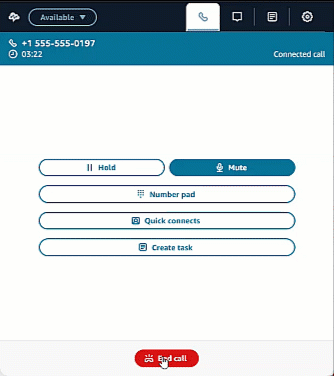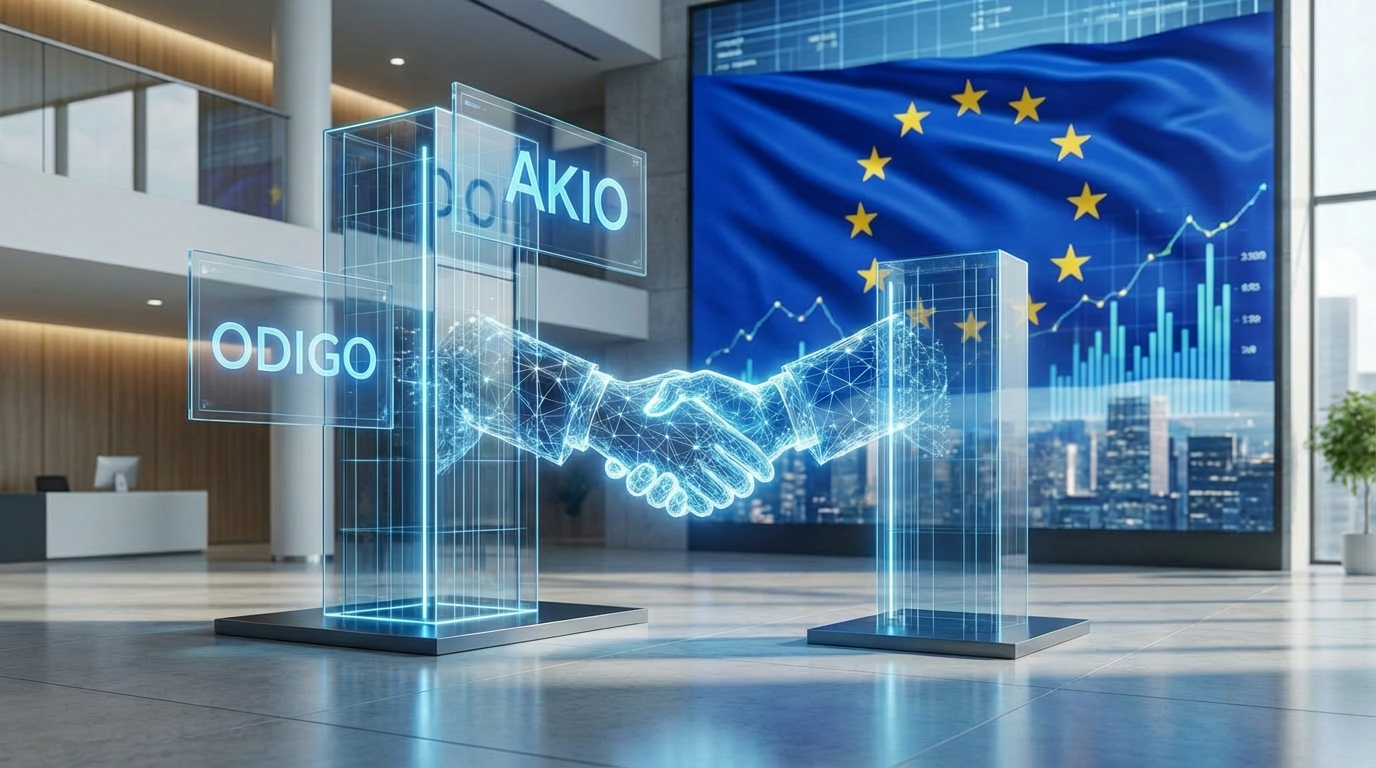AWS has announced that post-contact summaries will now be accessible to agents immediately after interactions are concluded.
Available within Amazon Connect, the company has confirmed that the enhancement to its Contact Lens solution will allow it to deliver summaries within seconds, whereas previously, it had taken minutes.
The improvements will also see summaries being connected to specific calls, allowing information to pass between agents more fluidly, thus refining AWS’ omnichannel capabilities.
In order to craft these summaries, Amazon Connect Contact Lens leverages generative AI (GenAI) to condense lengthy customer conversations into “succinct, coherent, and context-rich” reports.
AWS believes that these GenAI-powered post-contact summaries boost the overall customer experience by streamlining quality and compliance reviews, identifying ways to enhance agent performance, and equipping supervisors with faster insights.
The significant improvements to the speed at which the post-contact summaries are being delivered to agents were discussed by Michael Wallace, Solutions Architecture Leader for Customer Experience at AWS:
What we’ve done is taken the Gen AI summary and made it available at the agent layer, what we call the Contact Control Panel [CCP].
“The reason it took minutes before had nothing to do with the Gen AI summary [which was] published as part of the entire call record. There’s a lot more in [the record] than just the Gen AI summary.”
Wallace emphasized that what’s changed is that the Gen AI summary is now “pushed right to the agents with near immediacy after the call concludes.”
So, let’s take a closer look at how companies will benefit from a speedier post-contact summary process and how it will benefit AWS’ omnichannel offerings.
Amazon Connect Contact Lens Under a Microscope
First and foremost, Contact Lens post-contact summaries are efficiency boosters and time-savers.
Whereas previously agents would have had to manually take notes for each customer interaction and upload the information to a system, now, they can instantly access the summary for review and edit, before it is “seamlessly attached to the customer record,” as seen in the below graphic from the AWS website:

By minimizing post-contact tasks, AWS claims that agents will be able to dedicate more time to delivering excellent customer service.
The Contact Lens solution also provides chat and voice summaries, which are accessible through API, Kinesis Streams, Connect Control Panel (CCP), and the Contact Details page.
This allows easy integration with other applications like Amazon Connect Cases or Salesforce, enabling agents to maintain consistent data across platforms.
Moreover, the summaries are available to agents across the entire span of an interaction. For example, if a support call is escalated from tier one to tier two, the new agent will have access to the previous summary – eliminating the need for customers to repeat information.
Ultimately, this allows context to flow with the customer as they switch between channels and agents to resolve their query. That context flow is the cornerstone of omnichannel, allowing the next agent to pick up the call from where it left off.
More News from AWS
Announced last month, AWS has introduced a new step-by-step guide feature for its Connect CCaaS platform’s agent copilot, Amazon Q.
This feature provides real-time, context-based recommendations to agents during customer interactions by analyzing queries to determine customer intent.
Initially launched last March, the update now automates the selection of relevant guides, further streamlining the process for agents.
AWS believes that this will help to reduce handling times, improve first-contact resolution rates, and increase customer satisfaction.
Elsewhere, back In May, AWS revealed plans to introduce an Analytics Data Lake to its Amazon Connect platform, providing a unified source for contact center data – including contact records, agent performance, and conversational insights.
AWS believes that the new feature removes the need for complex data pipelines, allowing contact centers to create custom reports and integrate data from third-party sources using AWS’s zero-ETL integrations.
With this comprehensive, normalized data set, managers can also use tools like Amazon Quicksight to analyze key metrics and gain a centralized view of customer, employee, and business outcomes.







